You may love them more or less, but you cannot say that they are not a practical and very effective way to train.
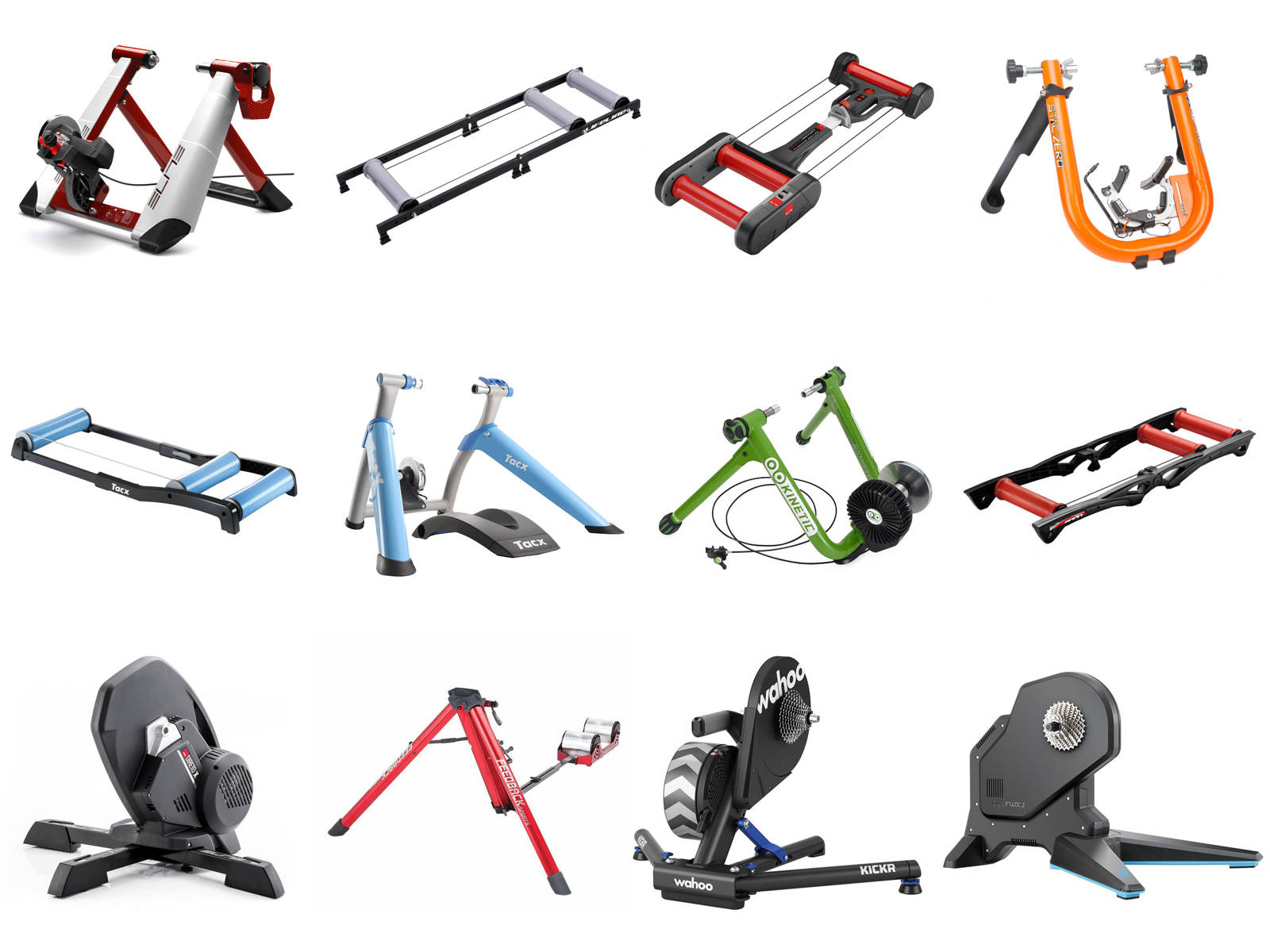
When weather conditions are unfavorable for riding outside, when there is a restriction on daylight or traffic density, to maintain continuity in training, athletes train on bicycle trainers.
It is a “room bike” but instead of riding on a bike that can only be ridden in a place, you ride on your bike that you use to ride outside. The rear wheel of your regular bike attaches / mounts to a bike trainer and you ride your workout in a place in the room or other space you choose.
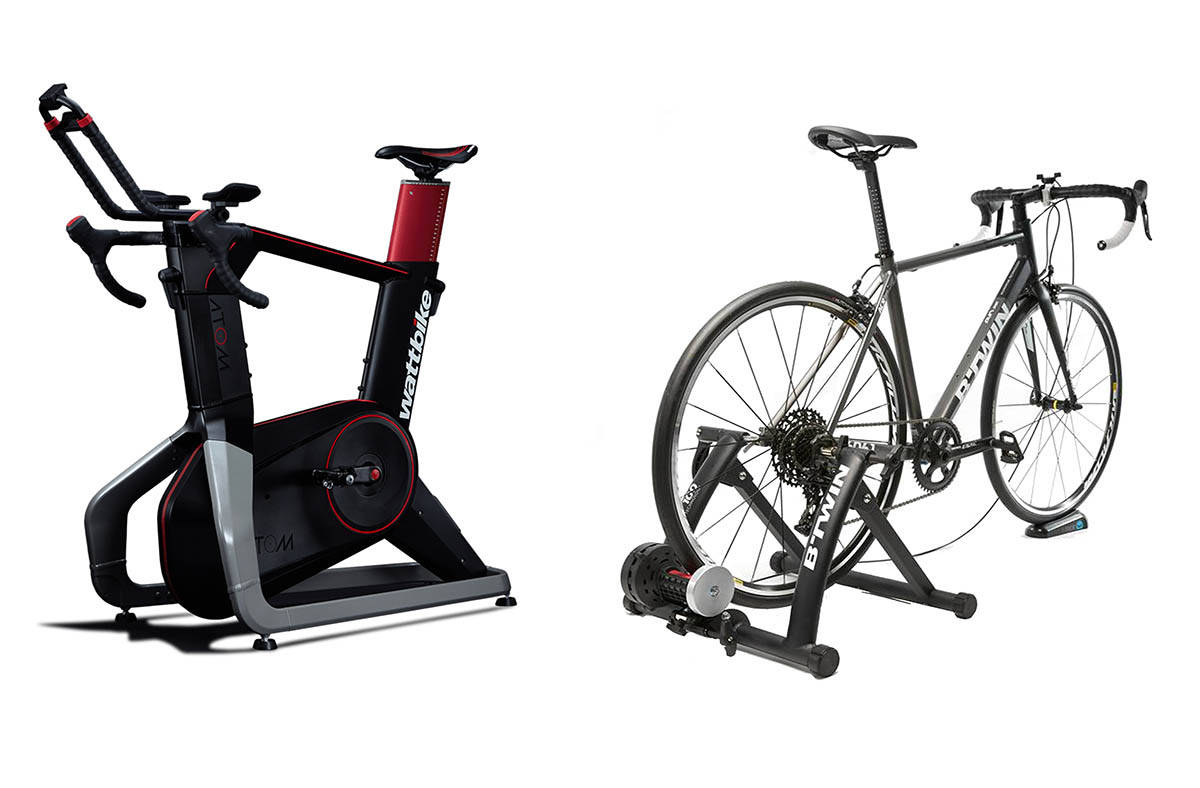
Room bike
Bike simulator
A bicycle trainer allows you to train according to a set plan, as the conditions in which you ride are constant and the load is precisely dosed. By training you maintain and improve your fitness. For the same reason, training on a trainer is very time efficient and it can be said that, compared to riding outside, you can achieve the same training effect in less time spent.
It's easy to use because it doesn't take a lot of preparation to get started. You need a small space where you can safely take your workout.
There is no risk that traffic participation carries with it. There are no bad weather conditions, and training can be done either day or night.
The disadvantage of bicycle trainers, as well as all other types of trainers, is the possible occurrence of boredom during training, although manufacturers are constantly working to make their use more interesting and have been very successful in recent years. Another disadvantage is the loss of a true sense of bike control. During training you are in a relatively fixed position, there are no bends, no holes, group rides, etc.
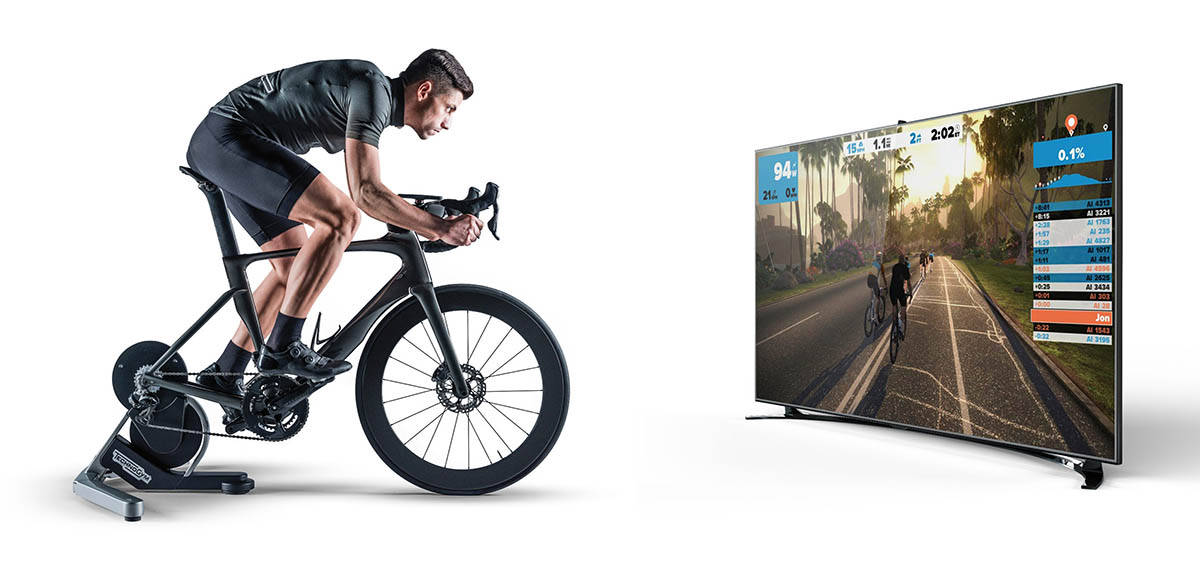
This doesn't seem so boring! :))
TYPES OF TRAINERS
The bicycle equipment industry is well advanced in this field so today we have a large range of trainer models on the market. From the cheapest, which are mostly trainers to which you mount the entire bike through the rear wheel, to the trainer to which you mount the bike without the rear wheel and on which the bike is directly connected to the trainer via the trainer shaft. Digitization is also present in bicycle trainers, so there are now SMART trainers and the ability to bluetooth connect the trainer to a computer and mobile phone. With the help of various applications such as Zwift, BKool Simulator, Sufferfest, Trainerroad, Ful Gaz, Rouvy etc .. you can ride your training on virtual tracks as well as race simulations. You can also connect with other drivers online and "ride" with them.
In addition to the types of trainers mentioned, there are rollers. Rollers are much more unstable to ride, but give a more realistic sense of cycling itself. They have the disadvantage of lack of load regulation.
ROLLERS
Rollers are one of the simplest variants of the trainer when it comes to the complexity of making the device itself. A trainer of this type consists of three rollers about 50 cm long and two transverse rails to which they attach. The rear wheel rests on two rollers and the front wheel on one roller. With this type of trainer, the feeling when driving is very realistic but also quite demanding because it takes a lot of skill to maintain balance.
They do not require any special mounting of the bike, the bike is simply mounted on rollers.
You can get up while riding, feel free to break the bike left and right, do sprints.
They are lightweight and easy to dispose of.
Cyclists use them to improve their pedaling technique, especially when driving at high pedal rpm (high cadence). Unlike trainers where the bike is fixed, rollers contribute to the improvement of technique.
One of their disadvantages is that there is no way to regulate the load.
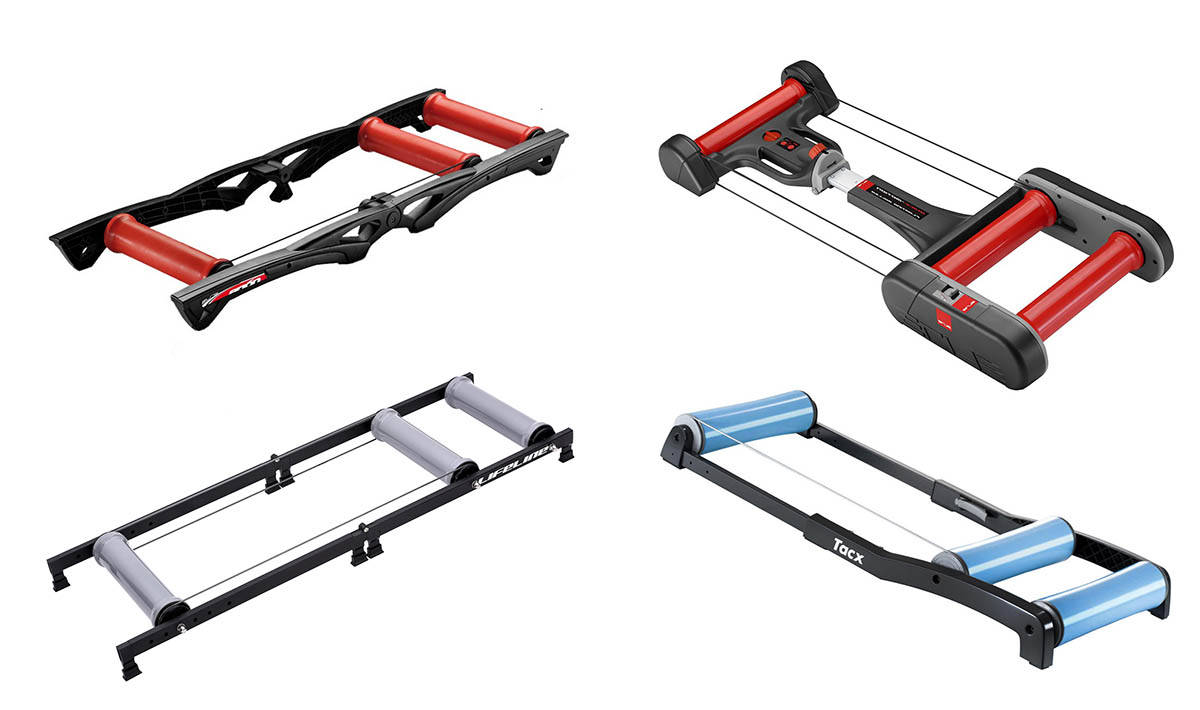
WHEEL-ON CYCLING TURBO TRAINERS
This type of trainer regulates the load mainly through the magnetic system. The complete bicycle is mounted over the rear fork so that the rear wheel rests on the rollers. The load is regulated by a lever connected by a cable to the roller. This type of trainer is the cheapest but also the simplest to maintain and store because they are smaller and lighter than the others. Prices range from a hundred euros to some 400 euros. They weigh less than 10kg.
They produce a certain amount of noise. If your family (and neighbors) don't mind hearing a little noise during your training, you won't need a special room to train.
The wheel happens to slip and unlike a direct-trainer, the realism of the feel of pedaling is somewhat less because it is not continuous.
Such trainers wear the tire on the rear wheel, so you should consider buying a spare that is only for treadmill training.
There are also SMART trainers that use a roller coaster load system.
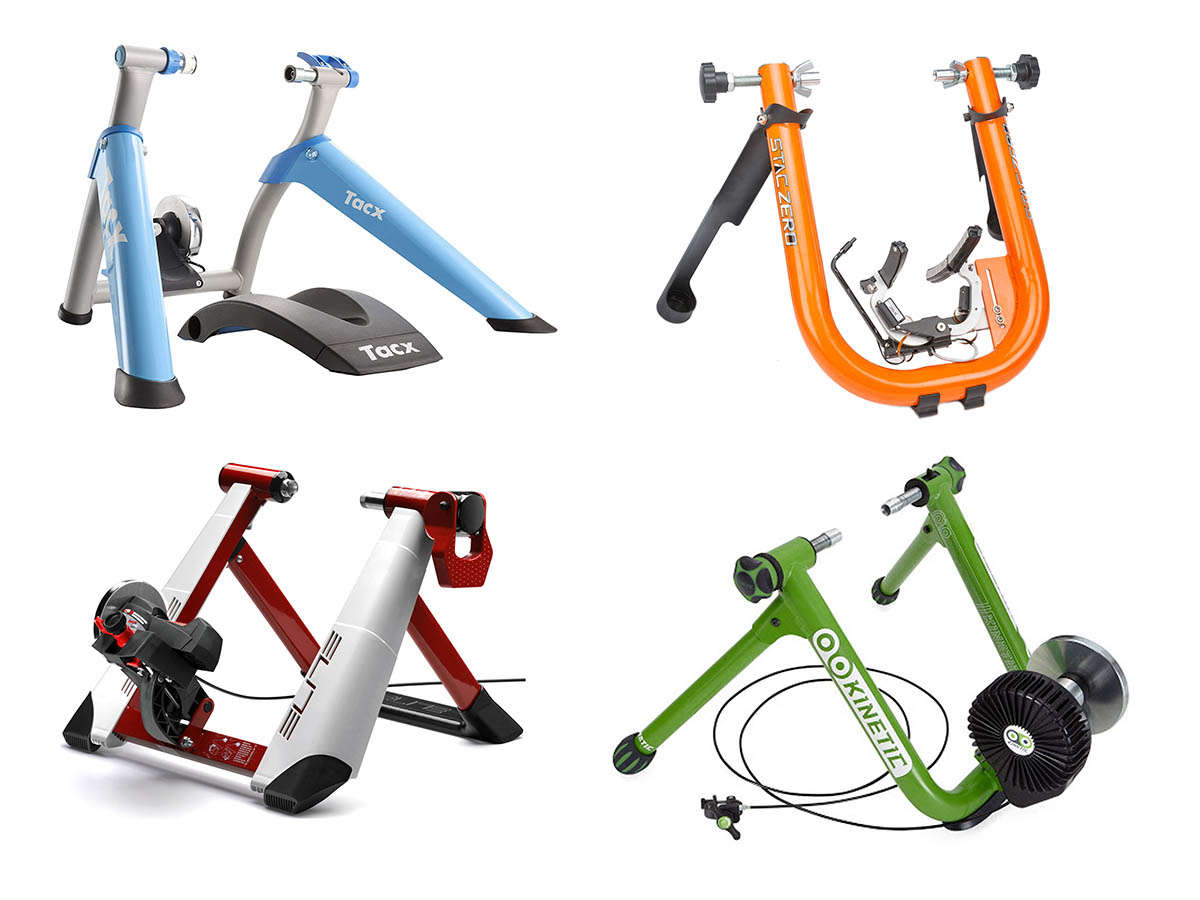
DIRECT-DRIVE CYCLING TURBO TRAINERS
These trainers will meet the demands of even the most choose ones . Prices range from 500 euros and up. But given what they offer, the price difference is justified.
The driving feeling is much better. There is no slipping, no tire wear as the bike mounts directly over the rear fork to the shaft contained in the trainer.
They are much quieter than a roller trainers type.
These trainers are generally heavier and bulkier than roller trainers. You will need an adequate place for disposal.
They are mostly smart (interactive) and you will be able to connect them to the right application on your PC or phone and ride virtual tracks and races, which is very important from a motivational point of view.
The range of loads they provide is generally higher than with a roller coaster. They are more complicated to use. They require calibration and adjustments.
Advanced and more expensive models provide simulations of different types of surfaces (cobblestone, asfalt ...) as well as climbing simulation. The front end is raised and lowered and you feel like climbing uphill or ride downhill :)
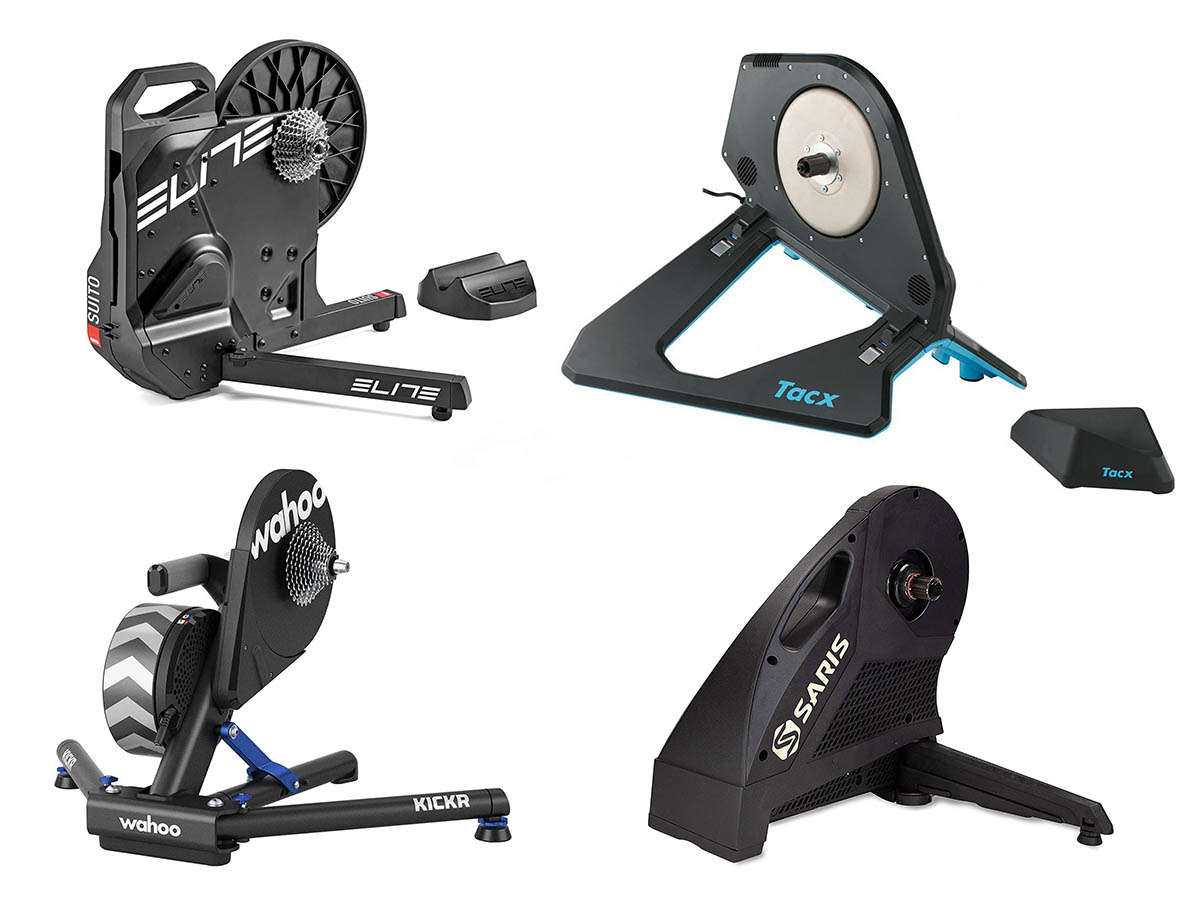
ACCESSORIES FOR TRAINING ON TRAINERS
The additional equipment you need for a more comfortable workout in the room may be:
A fan that helps a lot in reducing sweat and contributes to cooling of the rider.
Front wheel stand to keep bike position natural. (In some cases you get it with a trainer).
Special strap that mounts to the bike and prevents sweat from dripping onto the bike and floor.
Special surface that protects the floor from sweat.
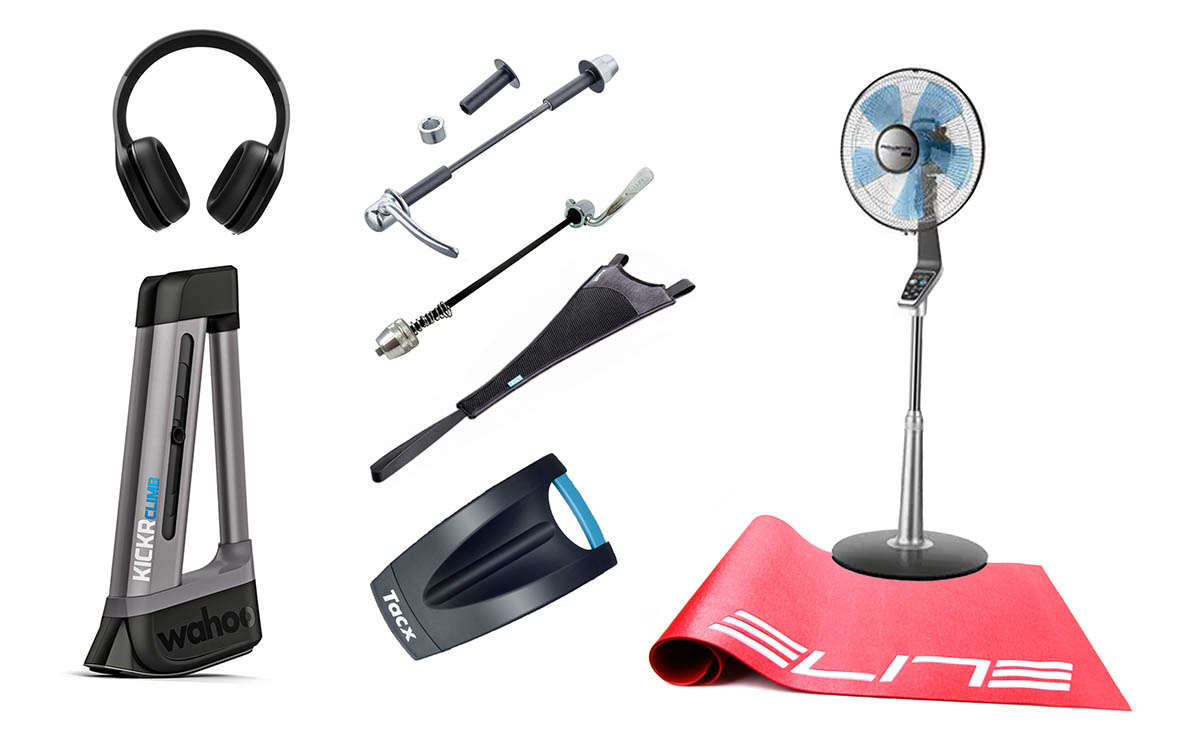
CONCLUSION
Can trainers completely replace riding your bike out on the road? They can not, and should not be replacing it. Riding your bike out on the roads is the proper way to do it, but trainers can certainly be very useful when it comes to consistency of training, motivation, precise amount of loads at individual workouts, adjusting the position of the rider on the bike, etc. etc.
If you are serious about cycling / triathlon world and planning to break your records this and next season, riding on a trainer during winter is “mandatory” :) Also, extremely bad weather is no longer a reason not to do good training.
According to your needs, choose the trainer that suits you best and start driving.
LINKS
https://www.t3.com/features/best-turbo-trainer
https://www.probike.rs/proizvod/valjci-tacx-galaxia-t1100/
